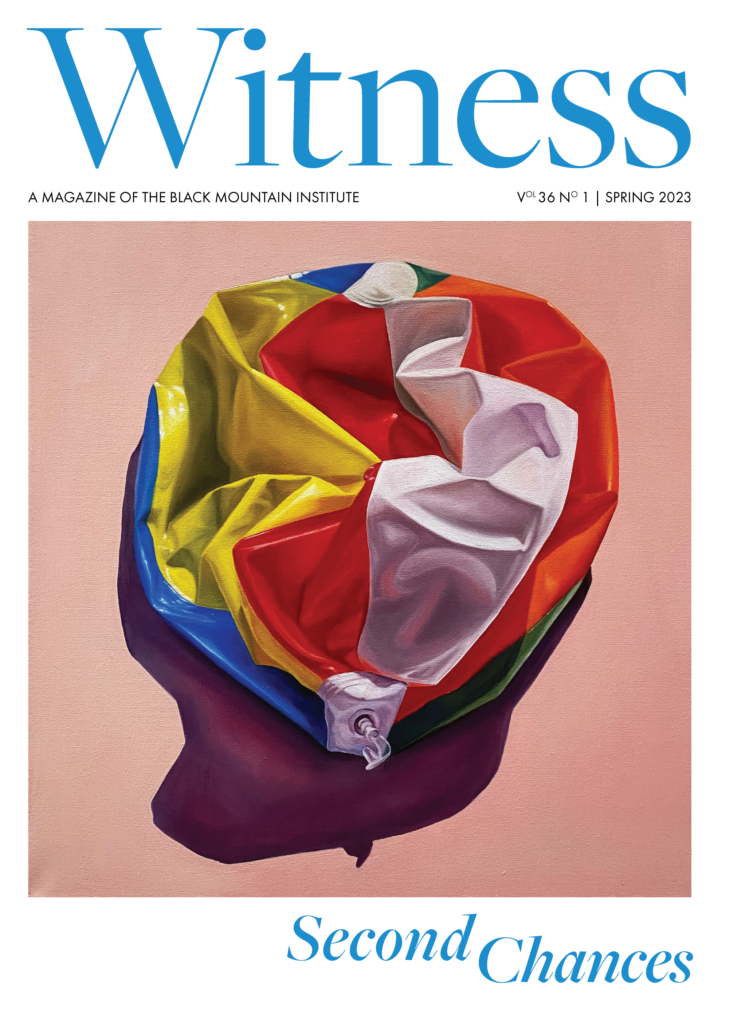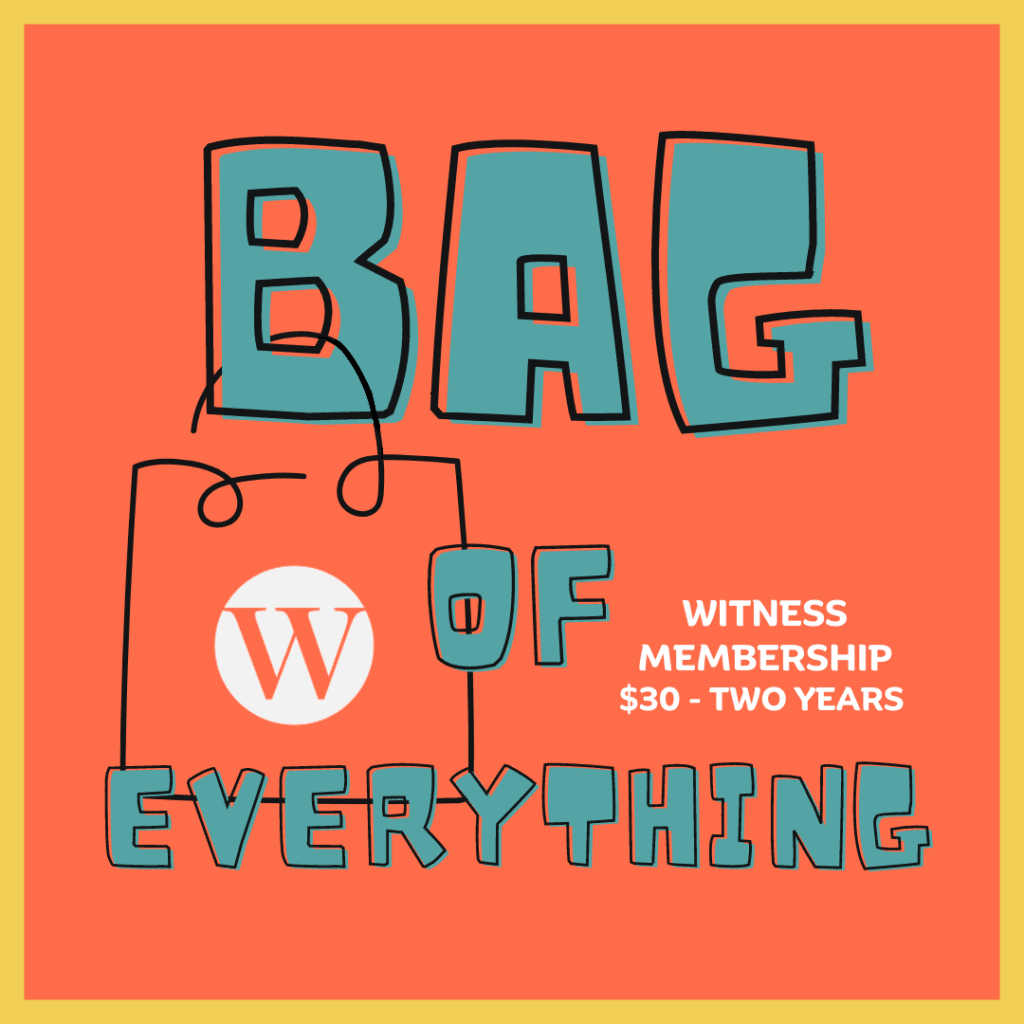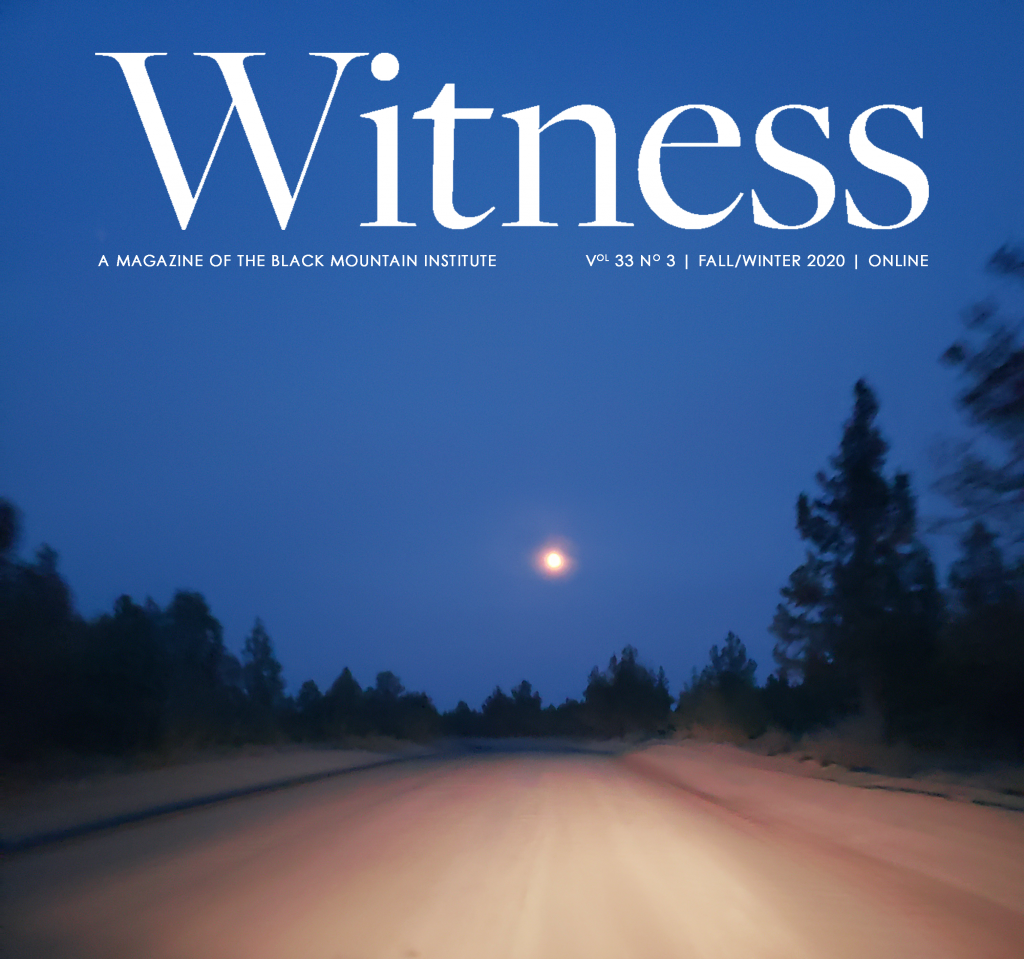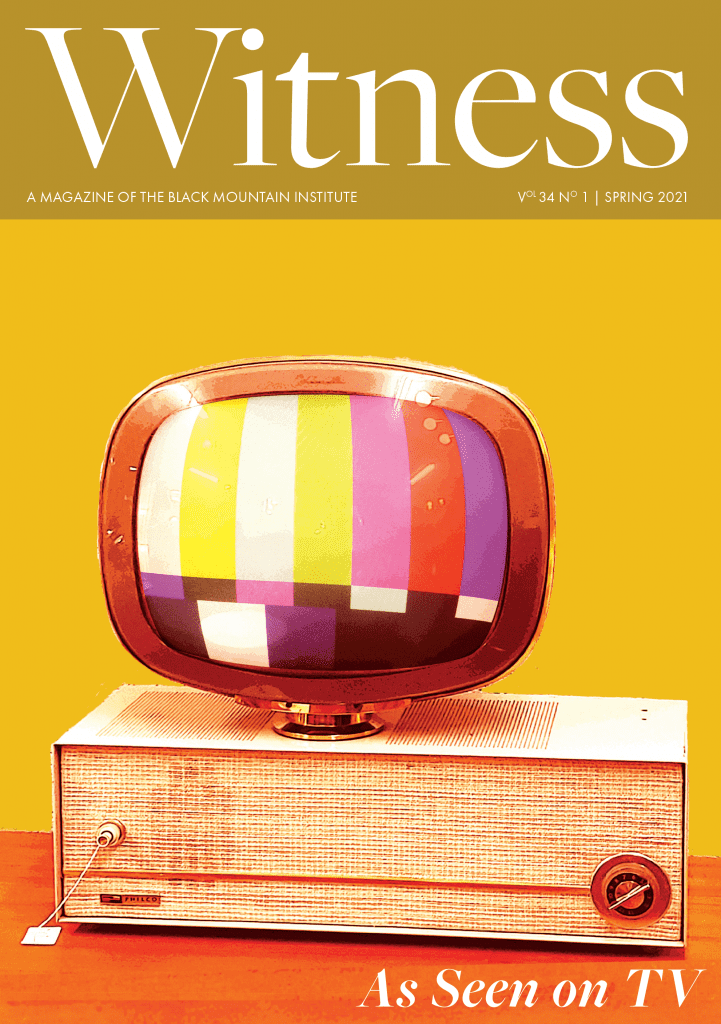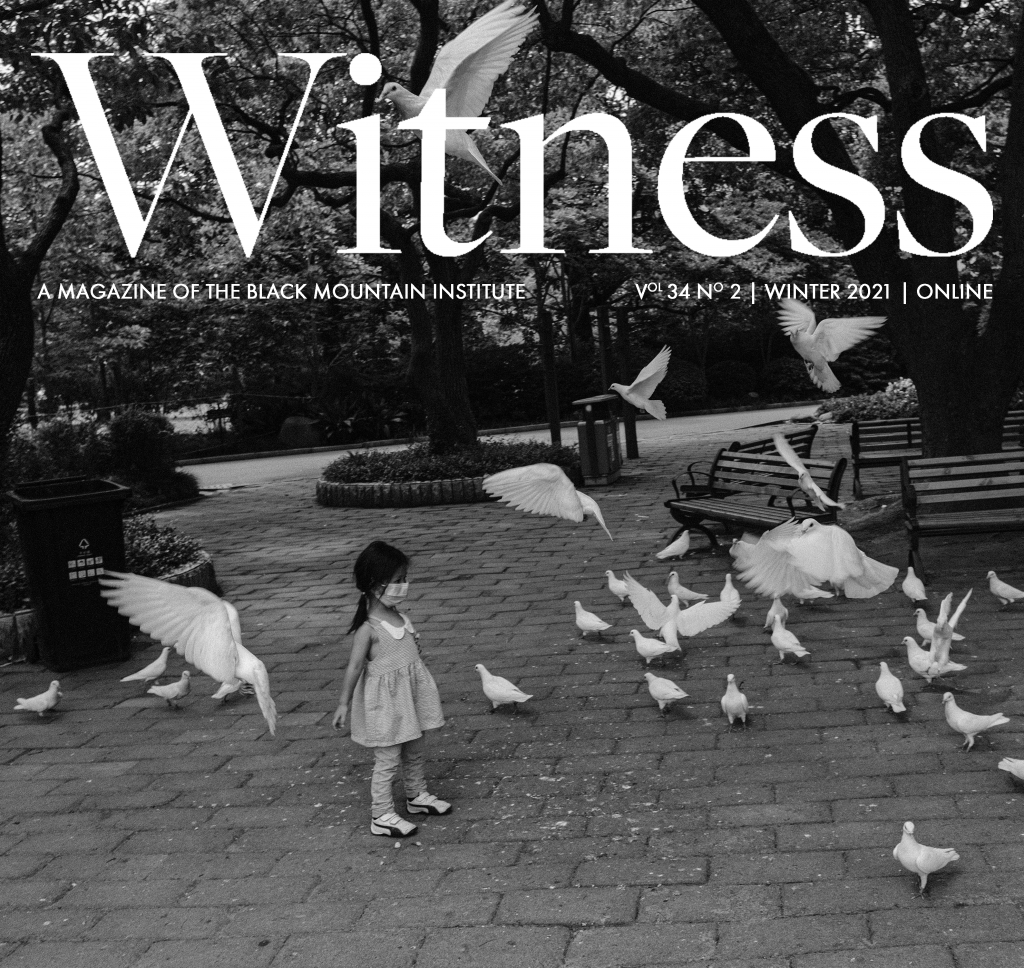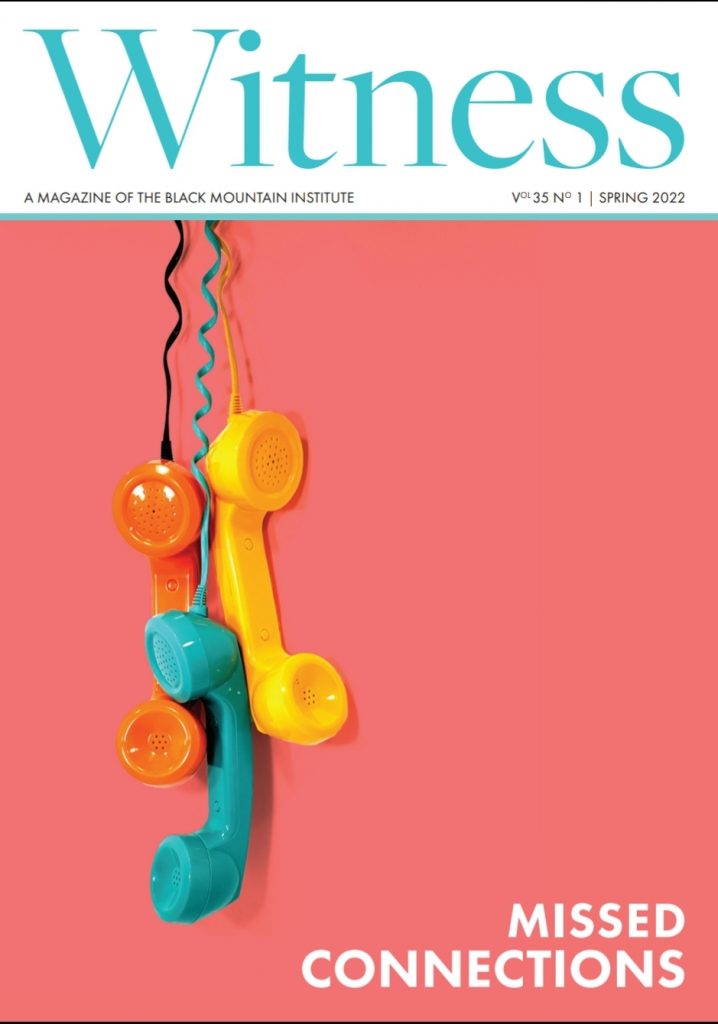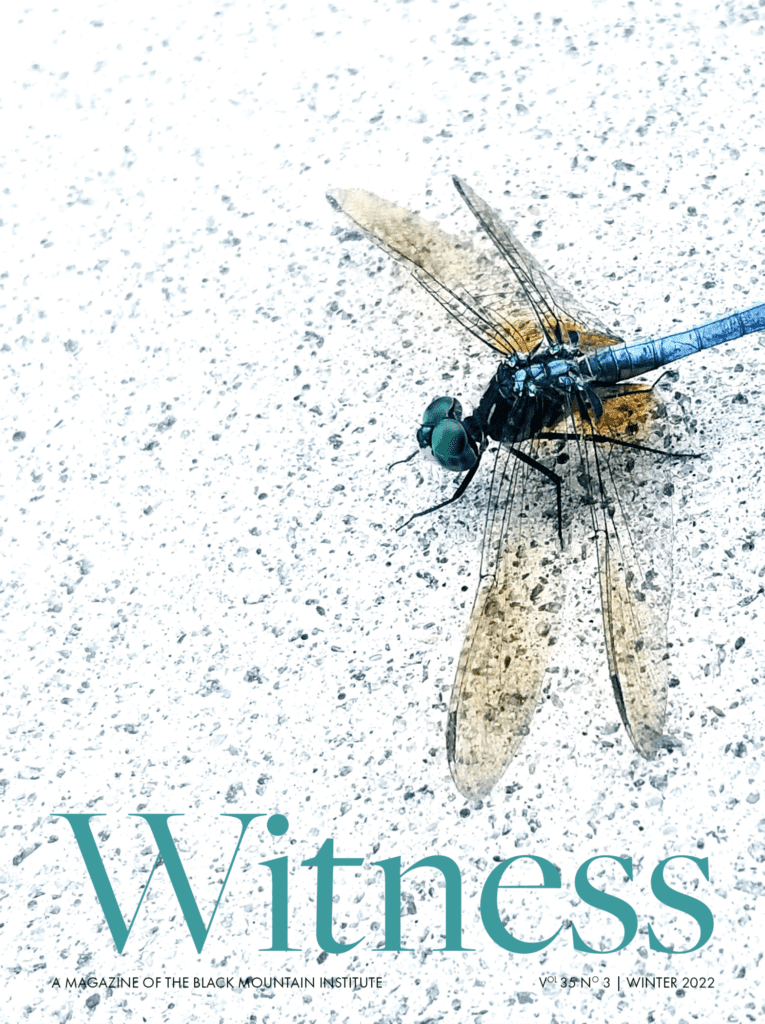(Page 5 of 6)
If you people referred only to Arabs, the facts did not entirely accommodate the reference. Not all the men involved in the 1993 bombing were Arab. Ramzi Yousef and Khaled Shaikh Mohammed, two of the central figures, were of Pakistani descent. If by you people the bartender meant to associate me with Muslims, he either knew close to nothing about Islam or he mistook me for the worst kind of Muslim. After all, I worked at a bar, I was dating one of the barmaids, and at the end of my shifts, around 3 a.m., I would pull up a seat at the counter, where he would mix me a drink or pour me a beer. Now and then — sometimes before the start of a shift but more often than not at the end of one — he would offer me a hit from a joint, and several times I took up his offer. I never brought a prayer rug to the saloon. I did not fast during Ramadan, and not once in the time I’d known him had I ever invoked the name of God — not as a Muslim, or as any other kind of believer. Regardless of what he knew about me, on this day he saw me as an Arab and as a Muslim, and in his eyes, put together these were a singular threat. It was also clear that he had arrived at this notion (Arab = Islam = terrorism) long before we had ever met, for he expressed it immediately, less than a minute after hearing about the attack, which was before anyone had claimed responsibility and long before the suspects involved were identified.
He wasn’t the only one presuming a link between terrorism and Arabs and Islam, nor was he alone in blurring the distinctions between them. Even supposedly educated persons routinely, and wrongly, used the terms and what they represent interchangeably. This became painfully clear two years later, following the bombing of the Alfred P. Murrah Federal Building in Oklahoma City, not by Arabs or Muslims but at the hands of “homegrown” terrorists Timothy McVeigh and Terry Nichols. Nearly every journalist and terrorism expert in America took it for granted that behind the worst act of domestic terrorism yet visited upon American soil were men from the Middle East who prayed to Allah. The fact that no Arabs or Muslims were involved did not deter many of these same people from continuing to make sweeping generalizations about the Middle East and Islam. Even after McVeigh and Nichols were arrested, Steven Emerson, a “leading authority” on terrorism whose documentary film Jihad in America aired on public television following the bombing, repeatedly made references to Oklahoma City as a “hotbed of Islamic fundamentalism.”
A little over six years later, the sheer scale of the 9/11 attacks seemed to prefigure the extent to which Arabs and Muslims would pay for them. Within months, the United States announced it was going to war in Afghanistan. Soon after, it began making the case for going to war in Iraq. Even the most conservative estimates of the combined death tolls of these two conflicts are staggering. The destruction to the infrastructures of Iraq and Afghanistan, to the land and environment of each country, and to their futures and the future of their people, is equally devastating. Difficult to measure, but deeply felt, is the way the war on terror — of which the wars in Afghanistan and Iraq are a part — affects the lives of Arabs and Muslims in America. One thing is clear: what happens in the war on terror dramatically shapes the way Arabs and Muslims are perceived and treated. As a result of US foreign policy in the Middle East and in the Islamic world, Arabs and Muslims in the United States (many of whom are, of course, Americans) often find themselves having to apologize for crimes they did not commit or having to repeatedly prove loyalties (as Americans) that are never questioned of other Americans.
Over the last few years, a shift seems to have taken place in terms of this byproduct of the war on terror. Americans still worry about Arabs and Muslims, and Arabs and Muslims must still worry about how Americans view them and how their lives will be impacted by those views. But attention has switched over more so to Muslims — Muslims who aren’t necessarily Arab. One reason for this may be that the war in Iraq is being nudged off center stage by the war in Afghanistan. The shift may also have something to do with the fact that since 9/11, two Muslim men, neither of whom was Arab, each attempted to blow up an airliner over U.S. soil. Richard Reid, the shoe-bomber, a British citizen and convert to Islam, failed to ignite explosives in his shoes on a December 22nd flight in 2001. Eight years later, almost to the day, on December 25, a Nigerian man, Umar Farouk Abdulmutallab, tried but failed to detonate an explosive on a Detroit-bound flight. Another individual, Jose Padilla, a Latino born in Brooklyn, who most news reports described as having tried to build and detonate a “dirty bomb,” a crime for which he was never charged or convicted, was also Muslim, a convert. The most recent failed attempt to launch a terrorist attack in the United States was made by an American citizen born in Pakistan who tried to blow up an SUV in Times Square.
When I travel now, which is more frequently than in the first few years after the September 11th attacks, I experience the shift that is taking place. Which is to say I am hardly searched anymore, or bothered in any way, except for the usual — waiting in long lines and having to keep up with changing regulations about what can and cannot be carried onto a plane. These, however, are inconveniences most everyone endures. Arabs are still profiled. Just ask them. But attention is moving away from Arabs — not entirely, but significantly — and toward Muslims. The turn parallels the shift in attention of US foreign policy. While the Reagan-era war on terror focused mainly on the Middle East threat, today’s version focuses on Islam. The spotlight is turning from the Arab world — again, not entirely, but significantly — and toward Afghanistan, Pakistan, Indonesia, and even Africa.
For many Americans, Muslims are easier to spot than Arabs. Islam “marks” Muslims, at least the more traditional among them. The headscarf worn by women, the hijab, serves as a marker, as does the abaya sometimes worn by both men and women. These and other “signs” — entering a mosque, praying, reading a Qur’an, and so on — are read as “Islam,” which is understood to be the polar opposite of everything American and Western or modern and civilized. “Islam” is a thing to be feared; it is the ultimate threat. Today, we are more likely to hear about a group of Muslims — rather than a group of Arabs — being asked to get off a plane. In most cases, the removal is prompted by the concerns of a passenger who was made to feel, in some way, uncomfortable by the Muslims on board. Features or traits as inherently non-threatening as a headscarf or a beard have caused people to feel unsafe. In one case a Muslim family was removed from a flight after one of them commented, in English, about the safest place to sit on a plane. The Council on American-Islamic Relations noted in a complaint to the US Department of Transportation, “We believe this disturbing incident would never have occurred had the Muslim passengers removed from the plane not been perceived by other travelers and airline personnel as members of the Islamic faith.”

